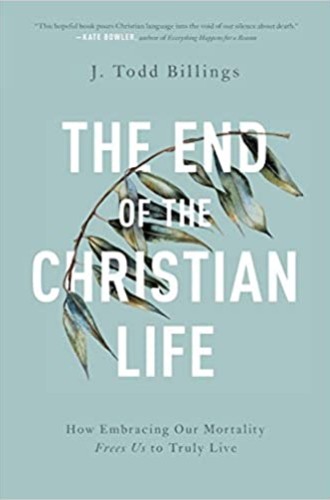The solution to the fear of death is to live as dying creatures
Theologian Todd Billings grapples with scripture, philosophy, and his own incurable cancer.
To J. Todd Billings, questions about death are personal and pressing: he was only 39 years old when he was diagnosed with an incurable form of cancer. Though chemotherapy and a stem cell transplant have kept him alive for eight years and counting, death is never far from his thoughts. “Each day as I worked on this book,” he writes, “I dealt with physical pain and heavy fatigue, both of which will likely continue for the rest of my life.” He does not expect to live to see his children graduate from high school. The End of the Christian Life would make excellent Lenten reading, especially during a pandemic.
Like Paul Kalanithi, the late author of When Breath Becomes Air, Billings refuses to sugarcoat the experience of dying. Like Kate Bowler in Everything Happens for a Reason, he shows how the inadequate theology of the pervasive prosperity gospel gives Christians false hope. Like Atul Gawande in Being Mortal, he argues against modern medicine’s fixation on life extension. Those best sellers are on Billings’s extensive list of resources, and their clear-eyed views about human values coincide with his.
But unlike those authors, Billings, who teaches Reformed theology at Western Theological Seminary, takes a primarily intellectual approach to his inner turmoil. As “new biblical and theological questions were becoming urgent,” he wrote in his 2015 book, Rejoicing in Lament, “I prayerfully immersed myself in Scripture, especially the Psalms. . . . I decided to honestly take on the tough theological and existential questions rather than dodge them.”





